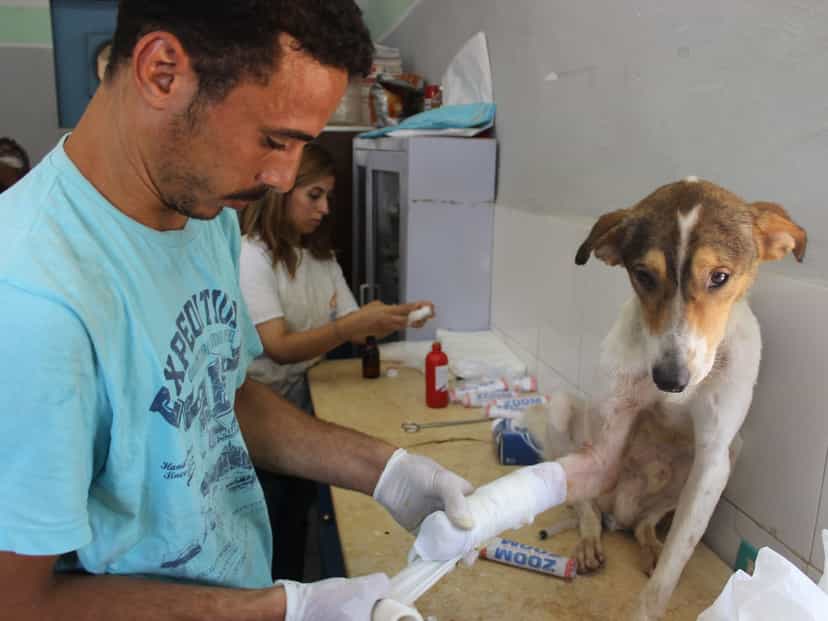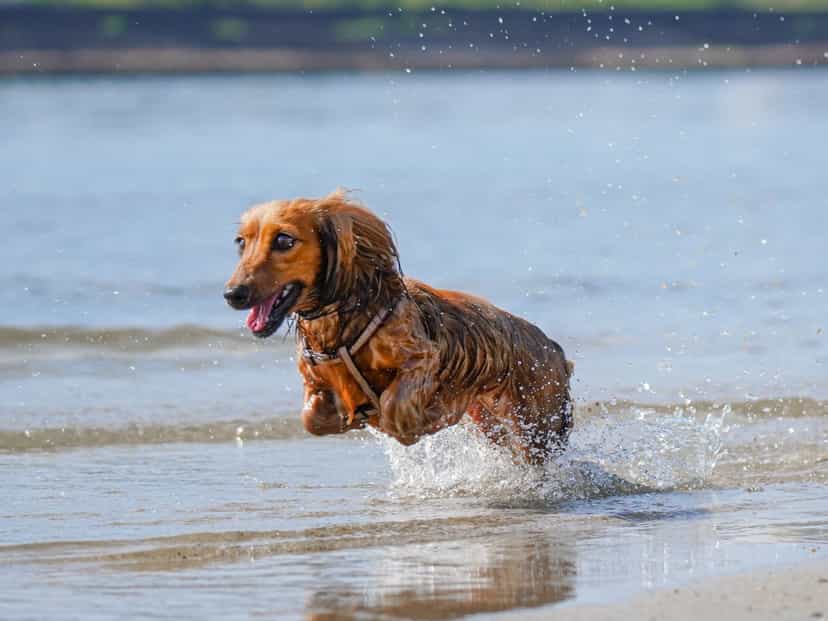
What are the basic skills I need to teach my dog? Why do we need to teach our dogs these behaviour skills? How do I make sure these skills remain in place? Our Kent Dog First Aid expert Chris Mattin has the answers to all of your intriguing questions.

The good news is that teaching your dog basic life skills at any age is actually pretty simple. All you will need is time, patience and some high value treats and/or their favourite toy, depending on what drives them. Of course we recommend enrolling in a training class with a qualified trainer positive reinforcement or force free trainer. This will give you the skills to teach your dog new things as well as providing a social experience for your dog which is vital for their general wellbeing. In the meantime though, here are the behaviours that we believe are important to get started on early in your dog's life with you and why:
Sit
This is usually the first thing that people work on with a new dog because, generally, the results are pretty instant. Teaching a solid sit is a way of teaching your dog good manners and once you have taught them what this means you can ask for a sit before they are given food or before they are fussed, in other words it’s a way of asking them to say “please”.
When teaching a sit it can be tempting to push your dogs bottom down to show them what to do but NEVER do this as it can cause back problems for them in the future. Instead, use a treat and guide it over their head so they are inclined to look up at it and often this will cause their bottom to hit the floor. You may need to play around with the position of the treat over their head until they move into the sit and as soon as they do mark the behavior with a ‘good’ or click if you are using a clicker and then reward them with a treat. After you have repeated this a few times and the sit is reliable you can then start to introduce the word sit as they are moving into that position so they start to associate it with the desired behaviour.

Leave
Many dogs can be described as walking dustbins and will eat anything given half the chance. Because of this a solid ‘leave’ can literally be a lifesaver. Initially you will need to provide a reward that is more interesting than the thing that you want them to leave.
This can be trial and error but a good trainer will be able to show you exactly how to do this and give you a safe space to practice it. In the meantime, make sure that all food and harmful substances are kept well out of your dog’s reach and if needs be, keep them on a lead if you are walking in an area that you don’t know to be safe.

Recall
At some point or another every dog owner will experience that panic when they realise that their off-lead dog has wandered too far out of sight or seen something and taken chase. At best this will cause you mild anxiety until your dog appears again but at worst, if they don’t have a good recall, it can be a threat to their safety and the safety of other animals such as livestock.
This is why it is vital that you don’t let your dog off lead in an unsecured area unless you know that they will come when called with no ifs, buts or maybes. If you are not secure in this knowledge invest in a long line lead (not an extendable lead as these come with their own safety risks) or research secure, dog friendly fields in your area while you work on strengthening the recall.

These basic behaviours may seem obvious to experienced dog owners but they shouldn’t be overlooked for the more glamorous activities and practicing them should be a part of your dog’s daily routine to ensure that they remain strong.
By practicing these every day in safe environments and making them fun and rewarding, your dog has a far better chance of understanding what you want from them when you ask for a sit on a curb while waiting to cross the road, a leave when they find a bit of mouldy bread on the pavement or an instant return to you when you see people on horseback up ahead.


